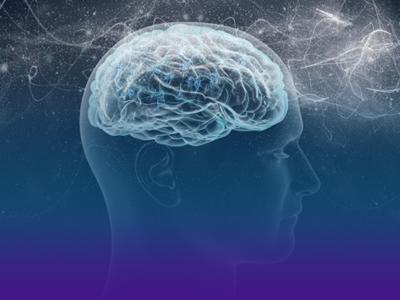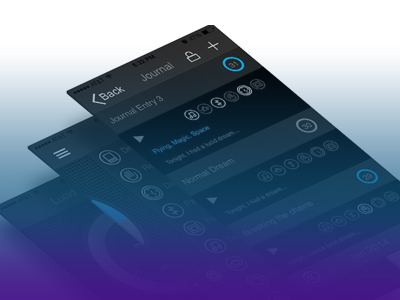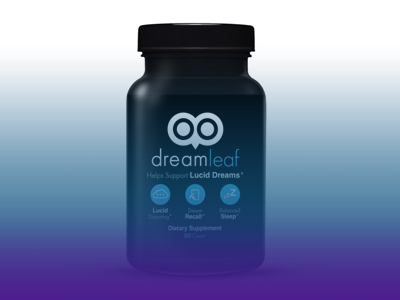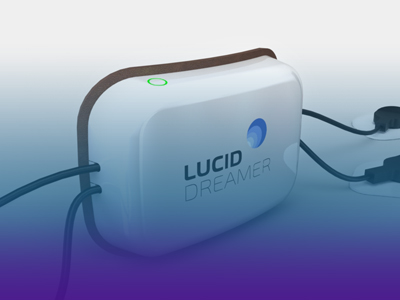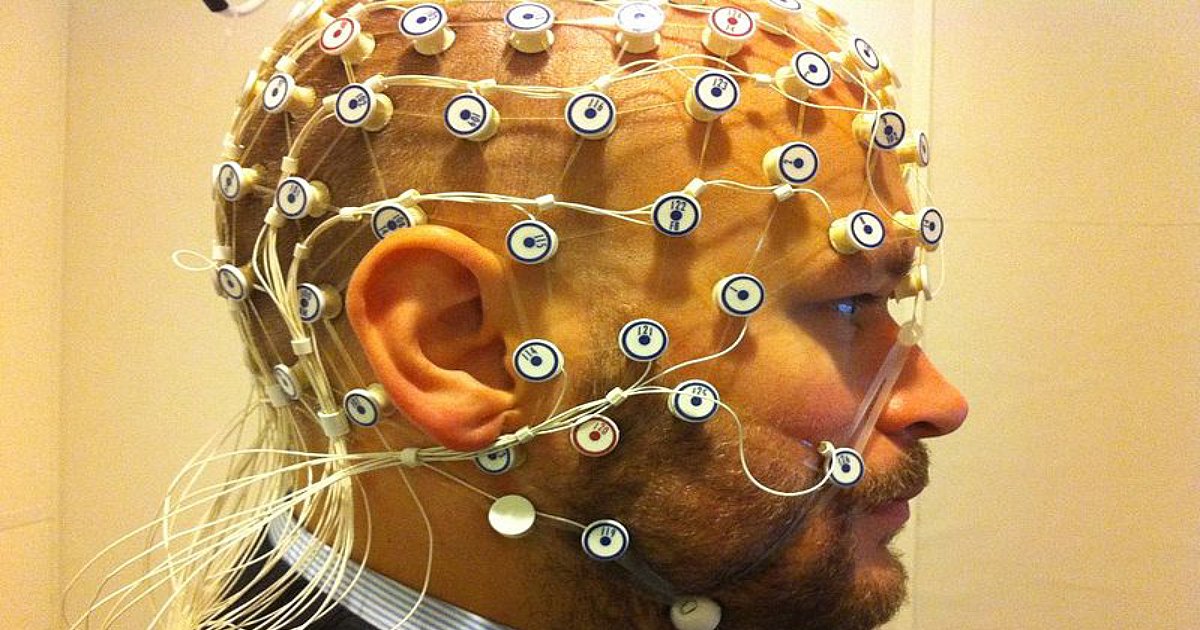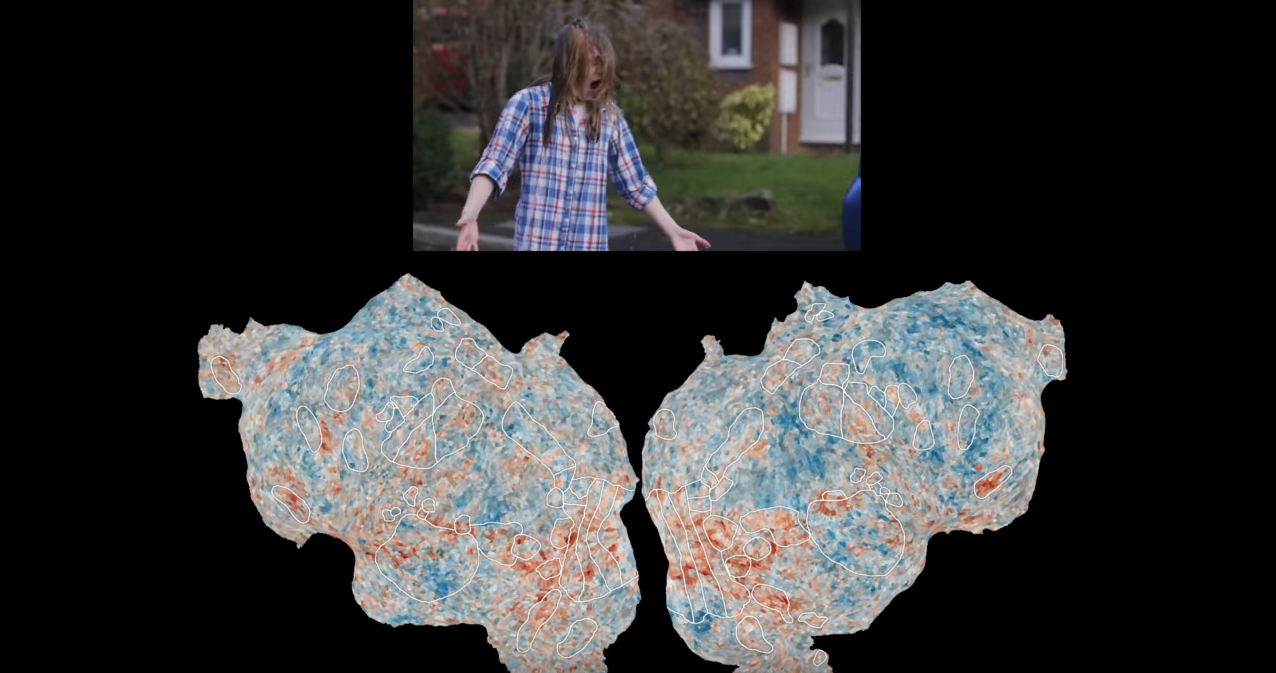Good question! Try to remember a recent dream. For example, let’s say you are driving a car in Paris, which then turns into a motorcycle, and a minute later, becomes a bicycle. But since you are trying to get to grandmother’s house, you simply accept these changes as normal and natural. You lack critical awareness, and just follow the course of the dream.
But in a lucid dream, you normally have a moment where you notice, ‘Hey, this is too strange!’ and then become lucid. For example, you might be driving in Paris to your grandmother’s house, and suddenly think, ‘Wait a second, my grandmother lives in Miami. How did I get to Paris?’ or ‘Wasn’t I driving a car?’ At that moment, you may accurately conclude, ‘I’m dreaming! This is a lucid dream.’
So in lucid dreams, they normally begin with a moment of critical awareness, where you realize that something seems “too dreamy”. Then once you become lucid, you can make decisions about what you want to do (instead of just following the course of the dream). You can fly! Talk to dream figures!
You can compare the ‘dream world’ to the ‘waking world’. What do things feel like in a lucid dream? How does a banana taste in a lucid dream?
You can explore. You can experiment. You can do a lot of amazing things in a lucid dream (if you know how).







